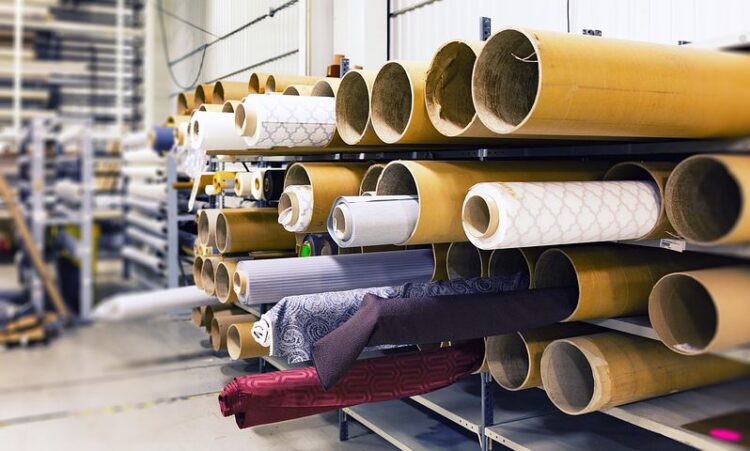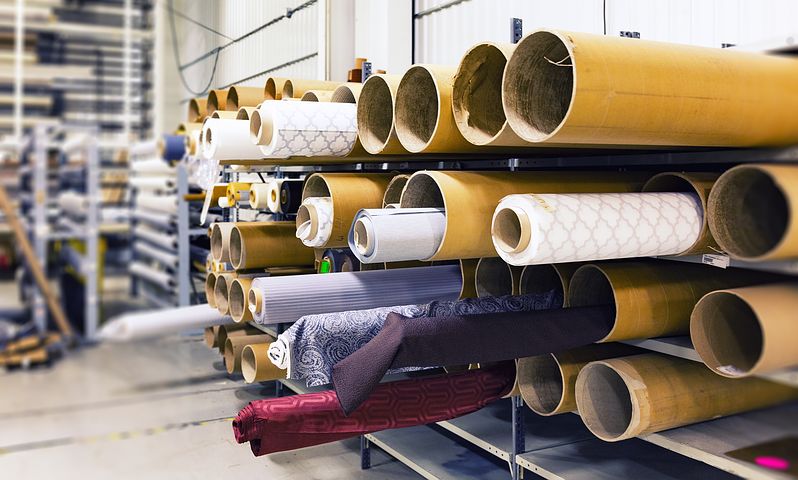During a recent episode of Fashion Is Your Business, with Nora Levinson and Soyoung Park of Caeden, Pavan asked Nora to walk through the process of getting their headphones and/or their bracelet manufactured. Despite advances in manufacturing and companies like Maker’s Row helping businesses with the manufacturing, the process of making physical goods can still be opaque. Here are the steps that were discussed that have been fleshed out for your convenience.
As Nora describes it in the episode, the first few steps happen nowhere near a factory. Caeden spent months and months narrowing down their ideas into something solid.
You may have a basic idea of what you want to make, but you need to question why you are making that item. Ask yourself:
- What are you passionate about?
- Why are you creating this item?
- What problem are you solving?
- Why does it have to be you making this?
The next step is research. You want to hit the books and find out what you need to get your item made and how it will live in the market. There are two major areas you want to focus on.
Is the current technology available? Will it be possible to manufacture your product, and are there others already producing the product you want to make?
What is the market and how do you fit among the competitors? Talk to consumers to find out their needs. Be open to the fact that your journey into manufacturing might end here if your item solves a problem that few consumers have. Nora said this work requires three to four months of action.
Next, move beyond the concept and start designing your product. For Caeden, the initial, aesthetic design of their bracelet took a month, but this was a team with experience. If you are just starting out, be prepared for this process to last longer. Also, be prepared that your initial design will not be your final design; there will be iteration.
Only after these preparatory steps in the manufacturing process do you start thinking about manufacturers and talking to them.
Vetting. You want to get references for factories. Maker’s Row makes this easy with reviews for factories in America. If you are using a factory outside of the U.S., your references might come from figuring out the brands a factory currently manufactures for and the items they make for those brands. (If it’s their first time doing something, you have to plan knowing things will go wrong.) If possible, talk to other brands. This might not be easy, as most brands want to keep that information close to their chest, but the space has become increasingly more collaborative.
Start reaching out to factories and figuring out what production will cost and what processes you’ll need to produce the final product. Finding out the cost of production will help you figure out your pricing structure and profit margin. You also want to find a factory that can scale with you as your brand needs to produce more items.
The profit margin will determine how your bring your product to market.
You may also need to refine or change details about your product to bring the price down.
You may have to source materials, depending on the type of materials and the type of product you are making. Some factories will provide this as a service to you. In Caeden’s example, the technology within their bracelet could be handled by the manufacturer, but the leather strap required sourcing on their end.
Get some air miles and clear space out on your calendar: you should go the factory itself during the crunch time of production to best assess progress.
Nora also offered some advice to think about throughout the entire process and when making more things in the future: Design with the manufacturing process in mind. Nora talked about her past jobs and how her role was to make sure the designers and the manufacturers were on the same page. When they weren’t, features and designs required compromise, creating a product that no one was really satisfied with.
As you make more things, develop a relationship with manufacturers you use. If you’re just starting out, you’ll need strong concept and backing from a reputable source. The latter part is important as manufacturers are putting their own business on the line when producing items.
Don’t be afraid to push on what can be done. Sometimes a feature isn’t physically possible, other times you must be able to find an alternate solution to make it happen. Be flexible and creative.
Make sure that you have a realistic forecast of number of items that you’re producing and understand your lead time. You need to plan four to six months out.




